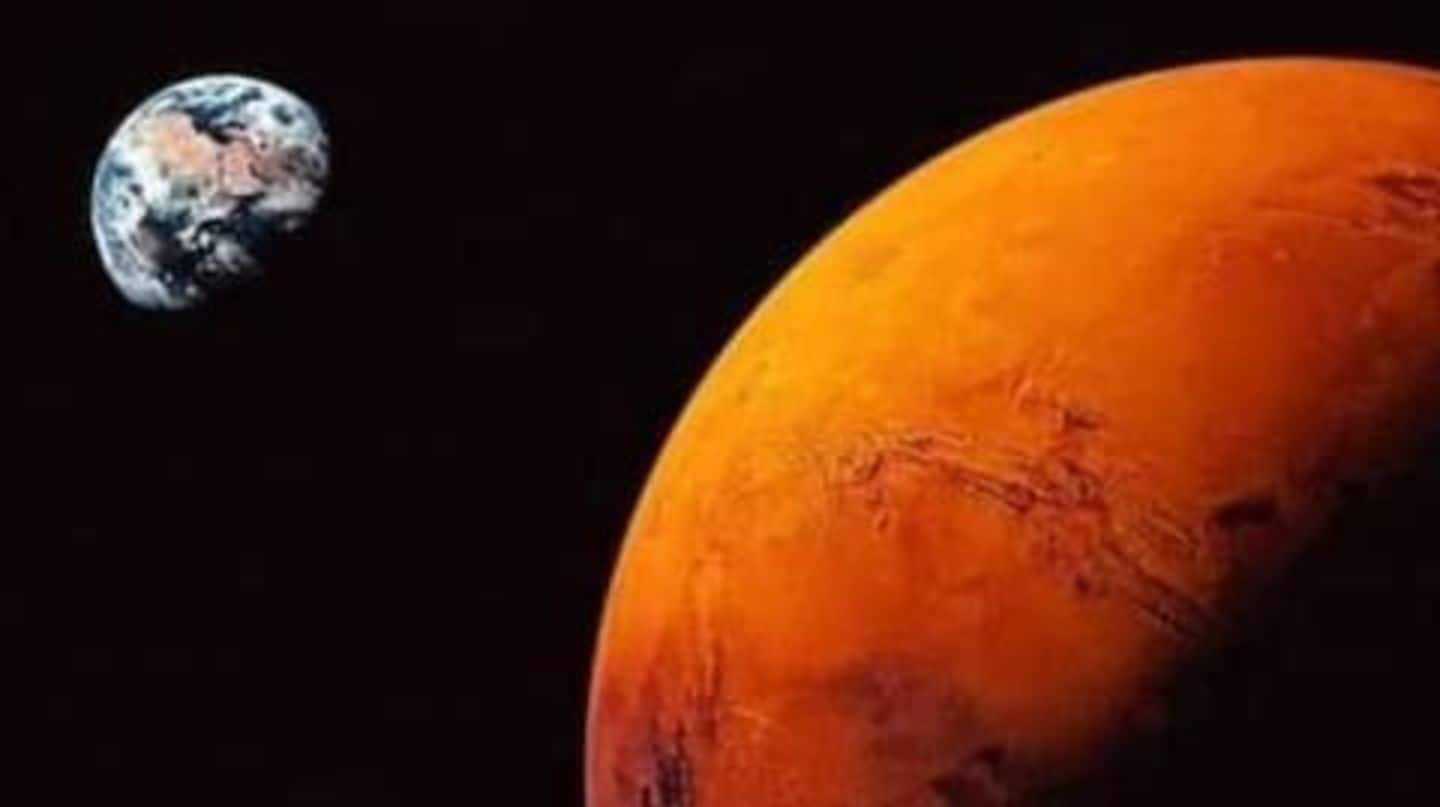
Research: Mars might be capable of supporting life even now
What's the story
While there has been a lot of speculation about whether Mars once harbored life, new research now suggests that the Red Planet might be capable of supporting life even today. According to a recent scientific paper, scientists calculated that liquid water on Mars, if it exists, could hold more than enough oxygen to be able to support life now, in 2018. Here's more.
Overview
An overview of the paper's findings
The paper, co-authored by scientists from Caltech and NASA's Jet Propulsion Laboratory (JPL), was published in the reputed peer-reviewed journal, Nature Geoscience. According to calculations made by scientists in the paper, salty water beneath the Martian surface could hold more than enough oxygen to support microbial life, and even simple organisms like sponges, even today. Notably, the paper contradicts the current, accepted view about life on Mars.
Water?
Does Mars even have water? It's quite possible
The findings are particularly important in light of recent findings - data from a European spacecraft has pointed towards the possibility of liquid water existing beneath a layer of ice on Mars' south pole. Additionally, with perchlorate salts having been detected at various places on Mars, scientists have also hypothesized that salty water (which has a lower freezing point) could exist in subsurface pools.
Oxygen
Martian water could be very oxygen-rich indeed
This hypothetical salty water is key to the new findings. Since oxygen enters water from the atmosphere and diffuses into it to maintain equilibrium, salty water close to the Martian surface could effectively absorb oxygen from Mars' thin atmosphere, said scientists. Further, based on chemical models and climate models, they found that at low-enough elevation and low-enough temperature, Martian water could be very oxygen-rich.
Life?
Are oxygen levels in Martian water enough to support life?
So, just how much oxygen are they talking about? If their calculations are correct, scientists said that Martian water could contain oxygen several orders of magnitude above the threshold required for aerobic life to emerge and thrive in Earth's oceans today. While we shouldn't count our chickens before they hatch, the calculations indicate that Mars just might have a thriving microbial population under its surface.
Looking ahead
Future Mars missions now have new areas to explore
Of course, all this is very exciting, but it should be noted that the findings are also hypothetical. As it stands, current Mars rovers steer well clear of areas that might contain water - they don't want to accidentally taint Martian life (if it exists) with rugged bacteria that might have survived the trip from Earth. Yet, the findings offer new possible areas that could be explored in future missions.